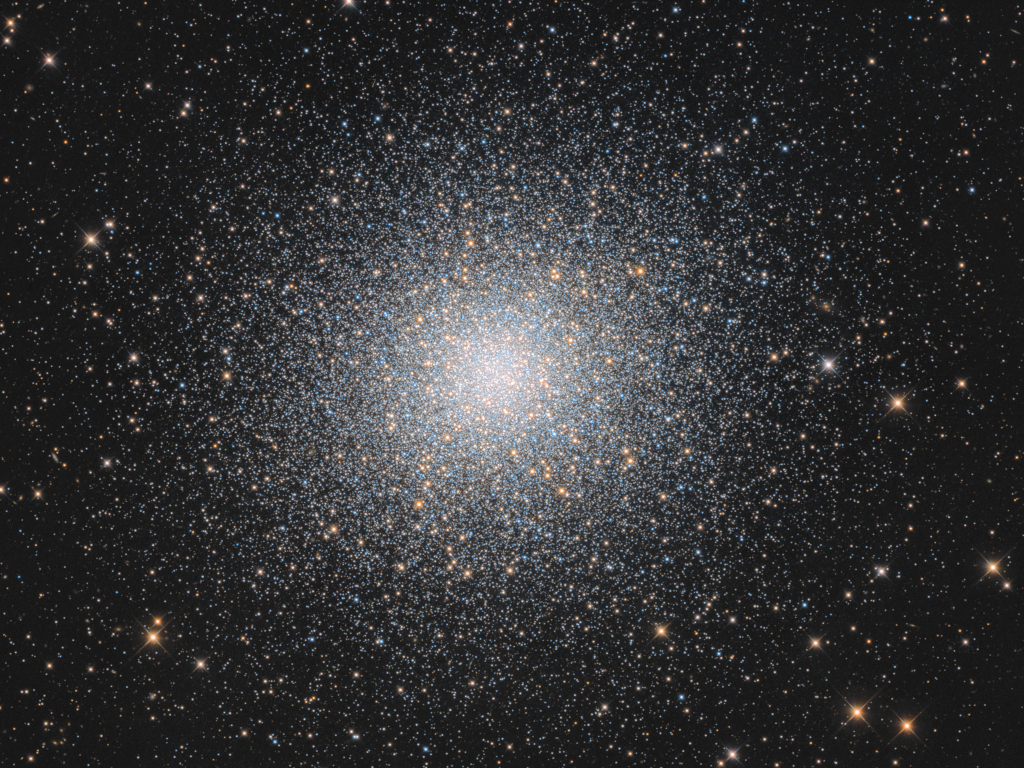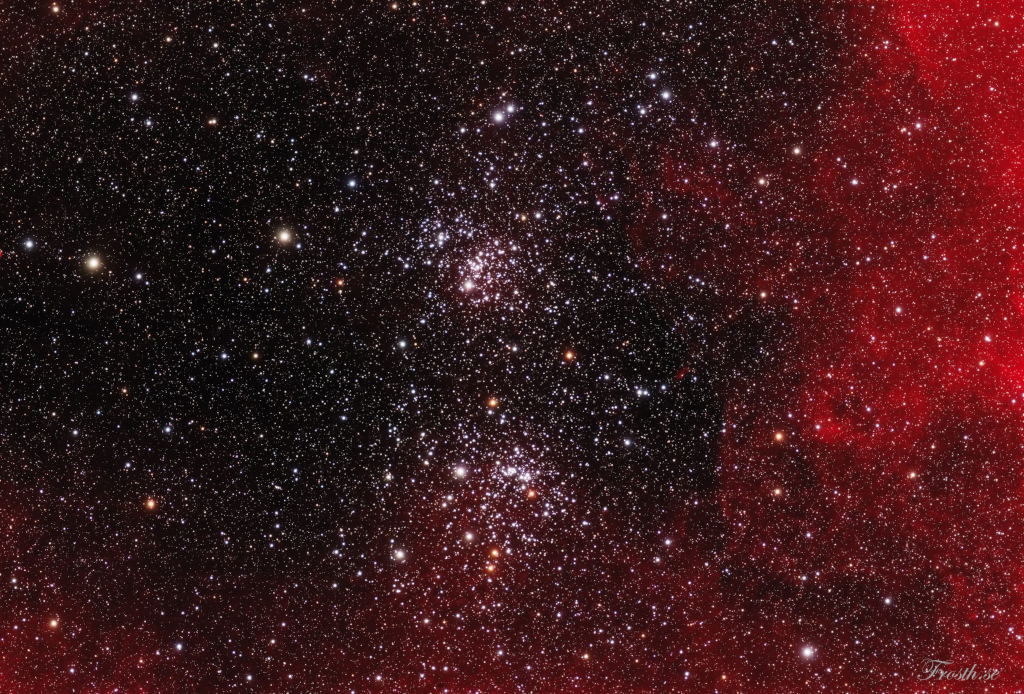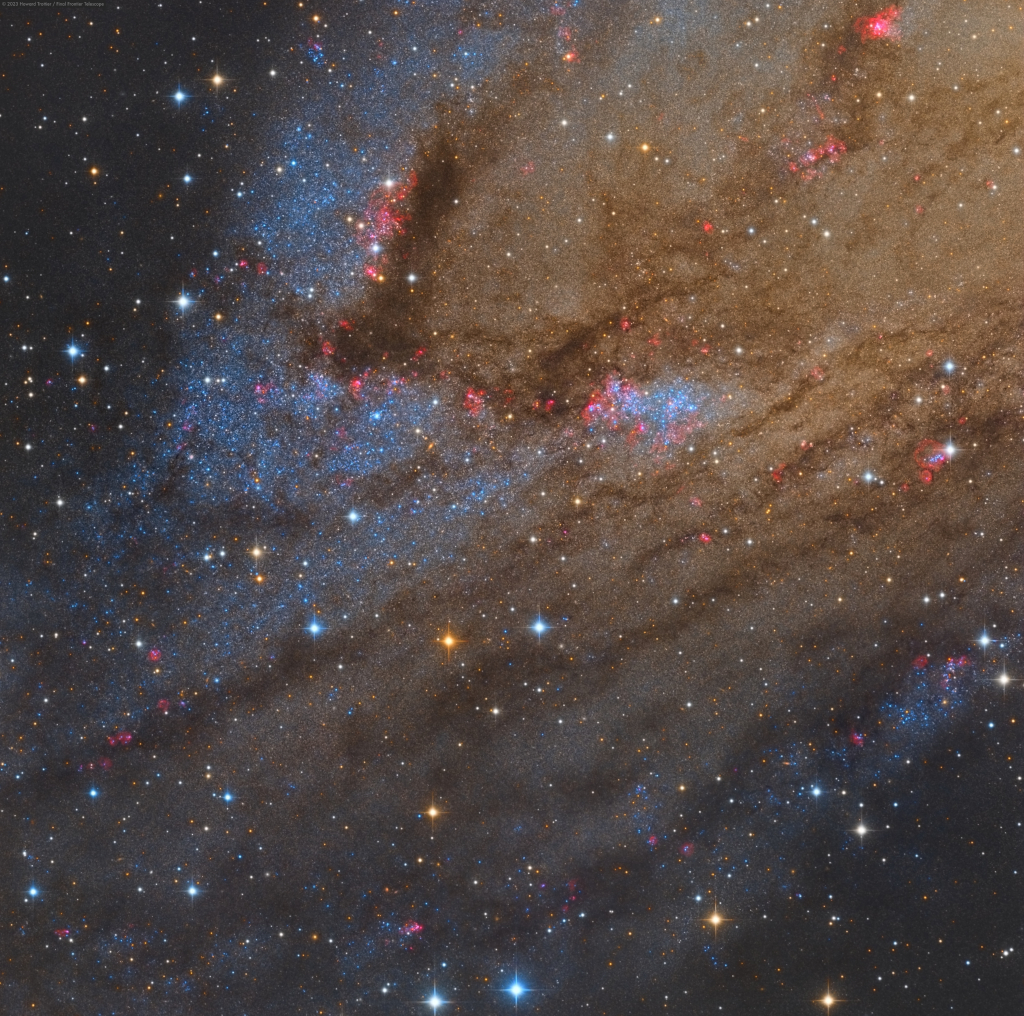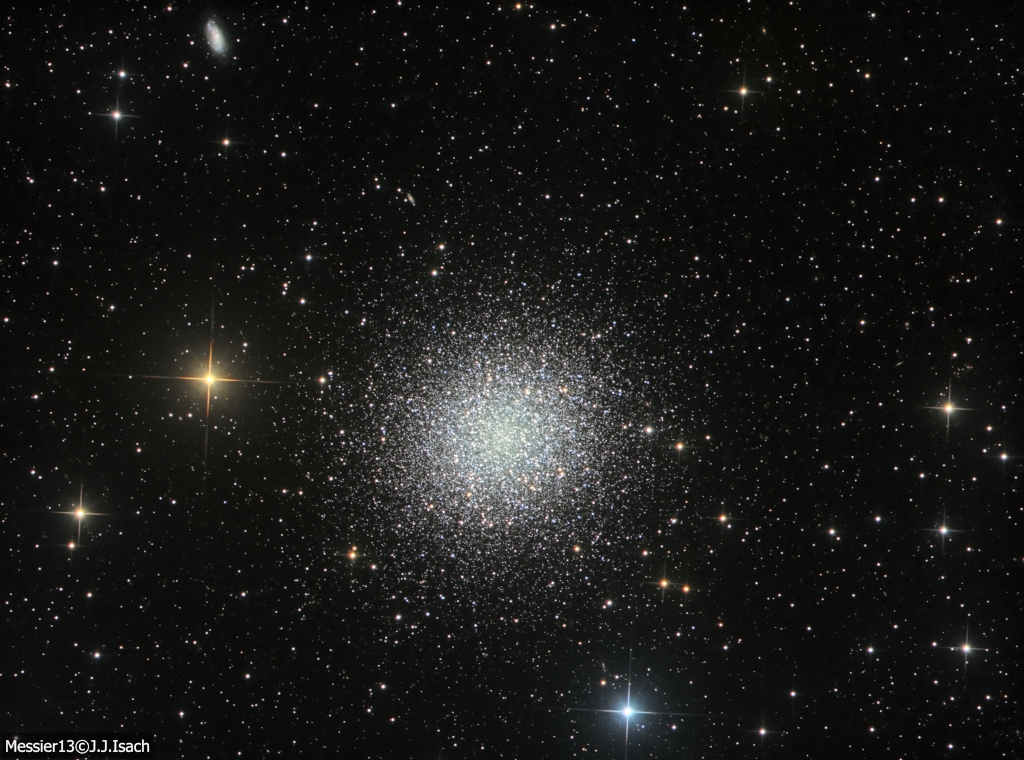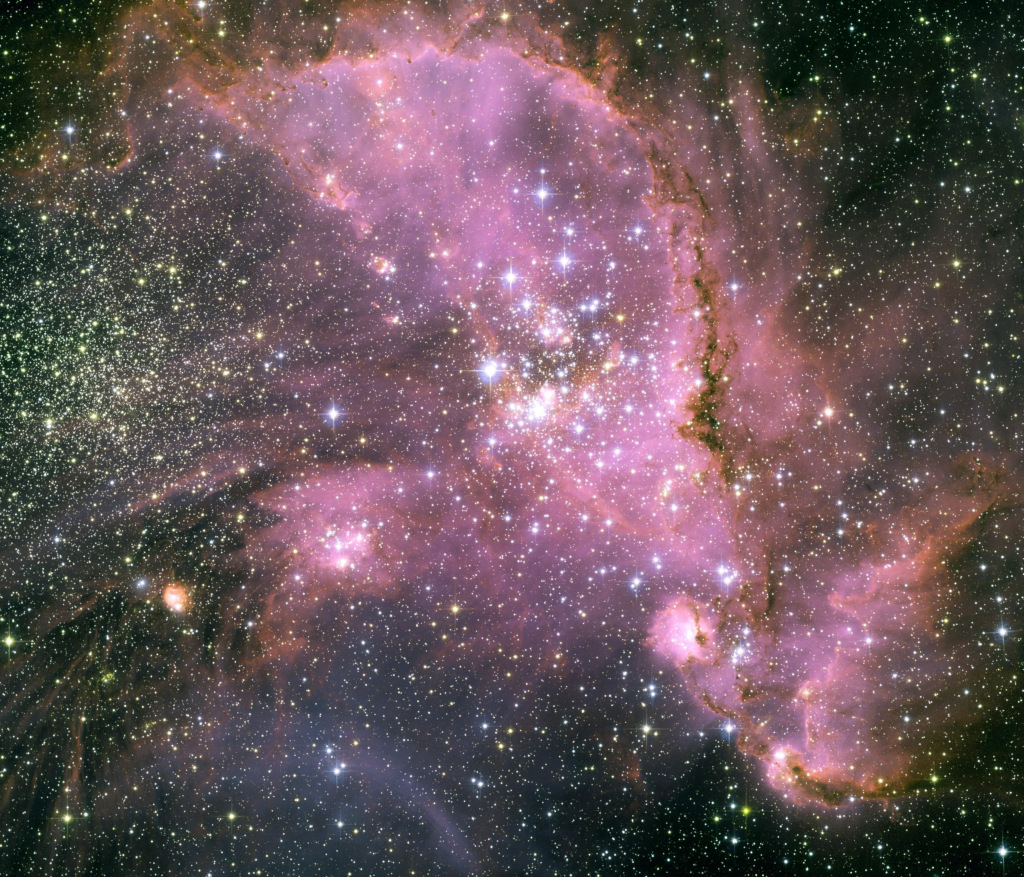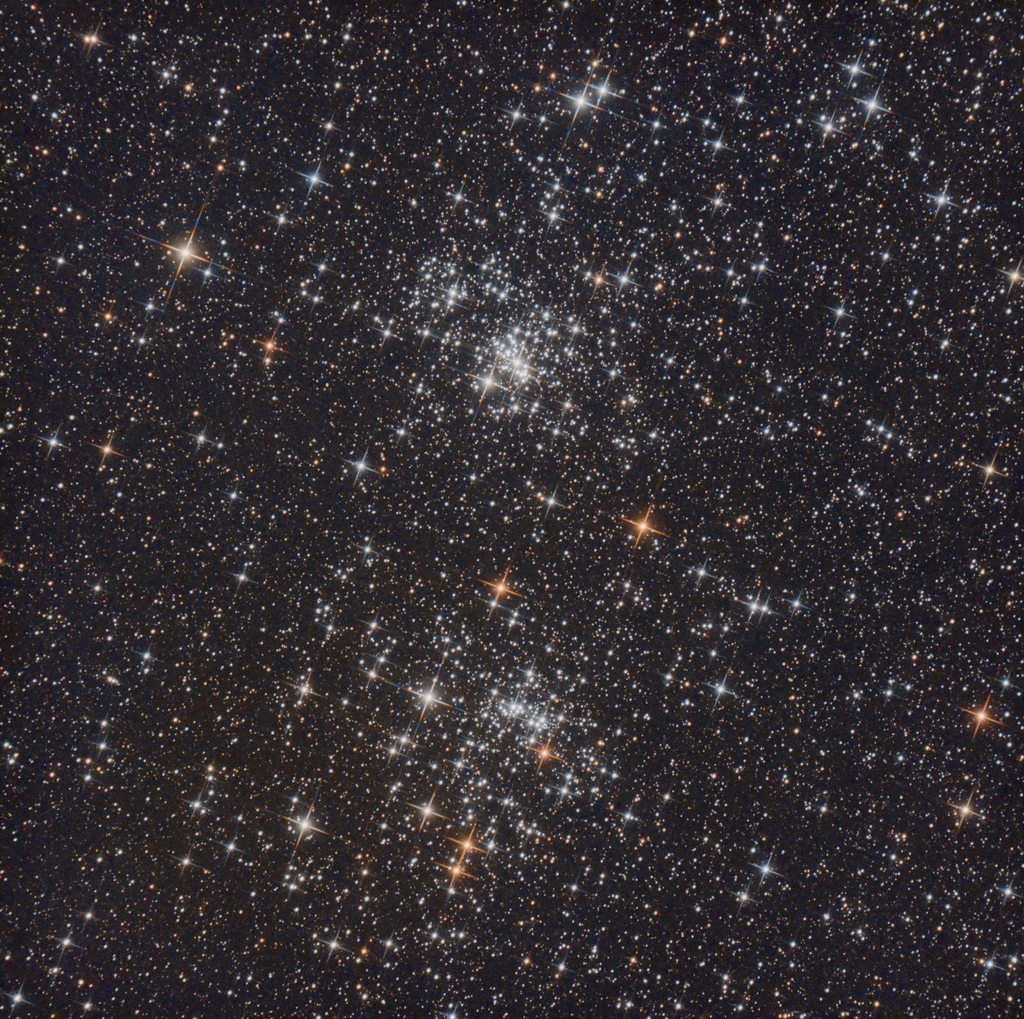昴宿星团: 有尘埃环绕的七姐妹星团
2024年1月29日 The Pleiades: Seven Dusty Sisters Image Credit & Copyright: Craig Stocks Explanation: The well-known Pleiades star cluster is slowly destroying part of a passing cloud of gas and dust. The Pleiades is the brightest open cluster of stars on Earth’s sky and can be seen from almost […]


